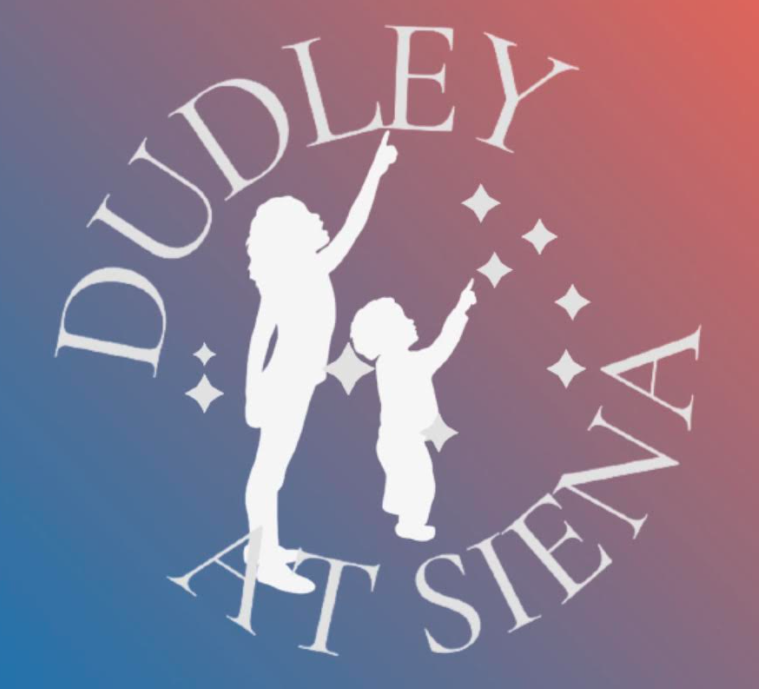Skywatch Line for Friday, September 20, through Sunday, September 22, written by Sam Salem
This is Dudley Observatory’s Skywatch Line for Friday, September 20, through Sunday, September 22, written by Sam Salem.
On Friday, Sun rises at 6:41am and sets at 6:55pm; Moon sets at 9:51am and rises at 8:12pm.
On Sunday, the September equinox will arrive at 8:44 a.m. The Sun will be exactly above Earth’s equator, moving from north to south. Coincidentally, Deneb is gradually taking over from brighter Vega as the zenith star after nightfall.
the Sun sets faster around the time of an equinox. The fastest sunsets, and sunrises, occur at or near the equinoxes. On the other hand, the slowest sunsets, and sunrises, occur at or near the solstices. It’s because, at equinox, the Sun rises due east and sets due west. This means that on the day of an equinox the setting Sun hits the horizon at its steepest possible angle.
On Saturday, the waning gibbous Moon rises in mid-evening. Once it’s well up, notice the Pleiades just a few degrees to its lower left. The Moon creeps closer to them all through the night.
On Sunday morning, the waning gibbous Moon will lie close to Jupiter. The third quarter Moon will pass the Pleiades. The red star Aldebaran, the Eye of Taurus the Bull, will shine nearby. They’ll rise before midnight and be visible through dawn.
Venus, magnitude –3.9, is still very low in bright twilight. Starting 30 minutes after sunset, look for it low above the west-southwest horizon. Venus is getting very slightly higher and brighter week by week. Spica, magnitude +1.0, has been closing in on Venus. They passed each other earlier this week. After that Spica continues its downward journey.
Mars and Jupiter, magnitudes +0.6 and –2.4, respectively, continue pulling apart from each other in the early-morning sky. Watch for bright Jupiter to rise in the east-northeast around 11 p.m. Mars, much fainter, rises more than an hour later to Jupiter’s lower left.
Aldebaran, orange like Mars, shines to Jupiter’s right or upper right by a somewhat lesser distance. All three climb higher through the early-morning hours. By the start of dawn, they’re very high in the southeast. Jupiter remains in Taurus near the Bull’s horn-tip stars, Beta and Zeta Tauri. Mars is creeping through the feet of Gemini.
Saturn, magnitude +0.7, in the constellation of Aquarius, is a few days past opposition. Look for it glowing low in the east-southeast as the stars come out. It’s lower right of the Great Square of Pegasus, which is balancing on one corner. The Square’s upper-right edge points diagonally to Saturn, two fists at arm’s length away. Saturn climbs higher through the evening. It shines highest in south by midnight.
Uranus, magnitude 5.7, in western of the constellation of Taurus, is some 24° west of Jupiter. It is well up by late evening. You’ll need a good finder chart to identify it among surrounding faint stars.
Neptune, visible only in telescopes, will be at opposition, its closest point to Earth, on Friday/Saturday night. This is the moment when Earth is directly between the Sun and Neptune. Neptune, magnitude 7.8, near the Circlet of Pisces, is 13° east of Saturn.
